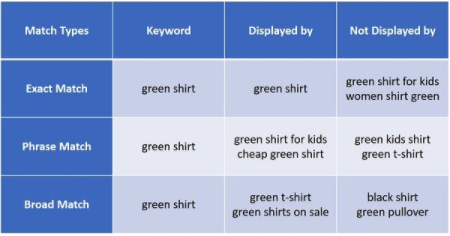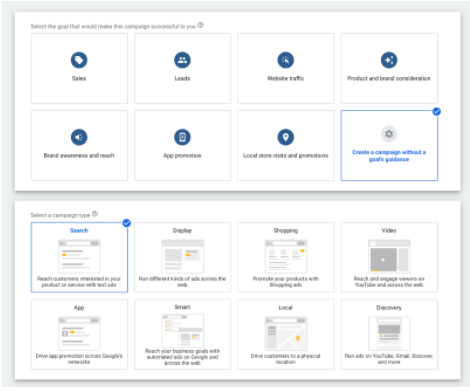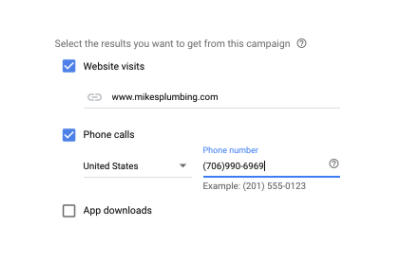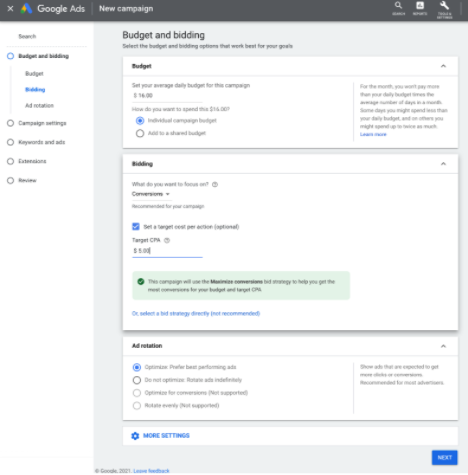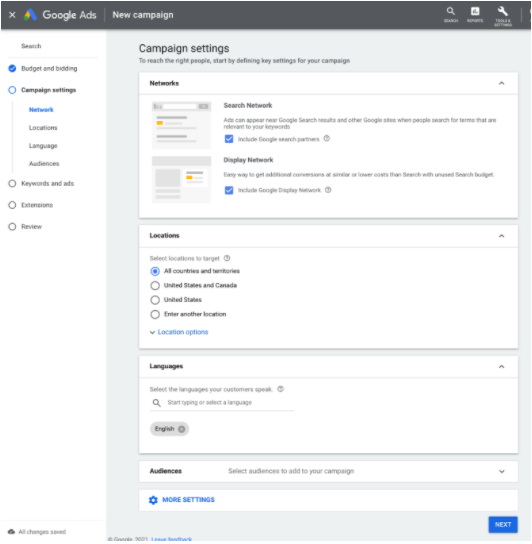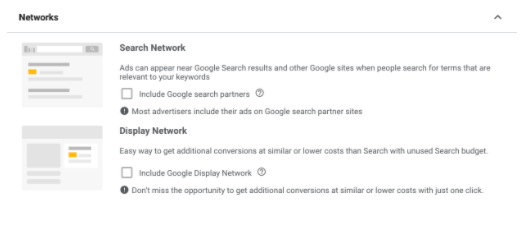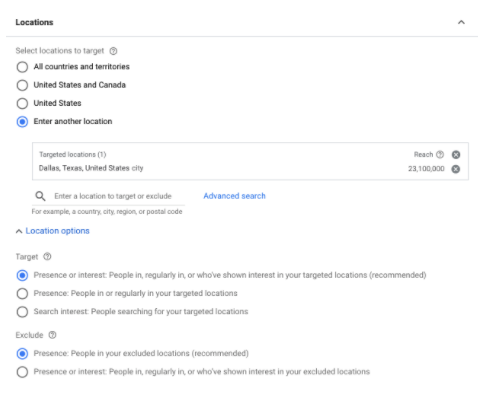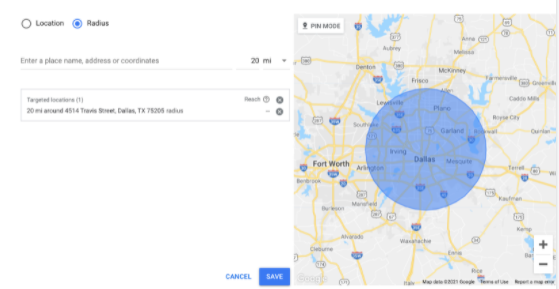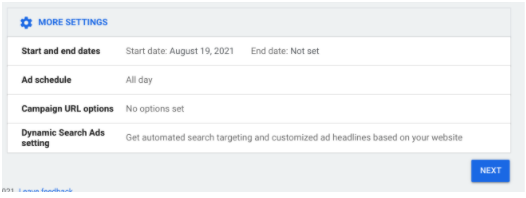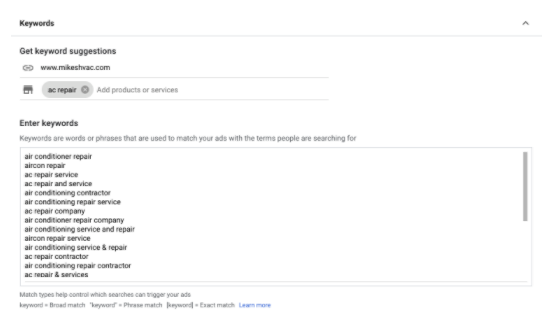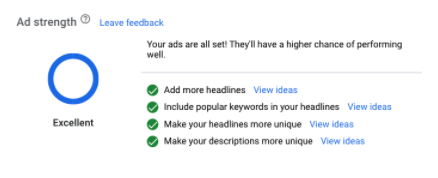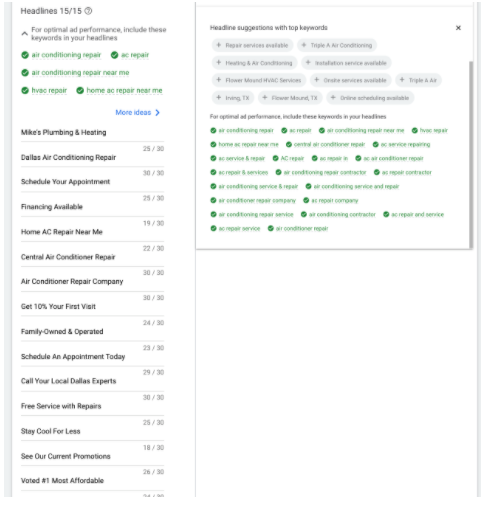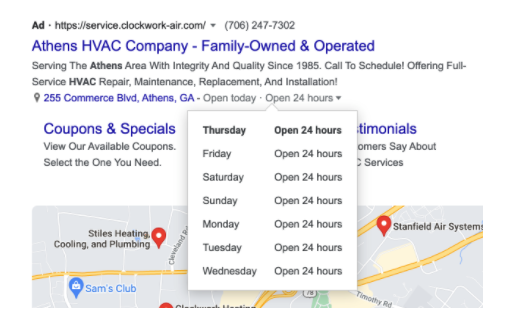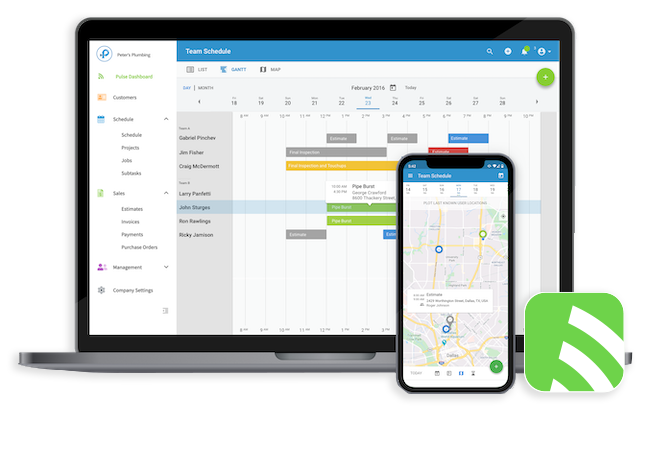Keep in mind that Google can’t just judge you based on those factors alone. What if someone clicks on your ad and it has nothing to do with what they were searching for? Or, what if the website is low quality and takes forever to load? People would start to trust Google’s ads less and click on them less, which means that they would make less money. So, Google needs one last factor for quality assurance.
If the keyword you’re targeting is ‘hot tub repair’ and your page doesn’t mention ‘hot tub repair’, even once in passing, Google is going to think your page isn’t that relevant to hot tub repair and either won’t display it, or will charge you a lot more because it sees your page as less relevant.
Beyond mentioning the keyword, there are a number of other factors Google takes into account to decide whether your page creates a positive experience for the user and they should favor it.
A few examples of this are how much time users spend on your site, how soon they hit the back button, how easy your page is to read, and whether your website works well on mobile devices. If any of this sounds familiar, it’s because Google uses the same factors to decide how to rank organic (non-paid) results.
Picking & Categorizing Keywords
Let’s start by picking out your keywords. There are several different types of keywords, so it’s important that you familiarize yourself with the image below. Google can display your searches a couple of different ways, each being progressively more narrow – and can display results for either highly specific searches or broad ones that vaguely relate.
Now that you’ve gotten familiar with the different types of keyword options available, let’s do a deeper dive into what each of these categories mean.
A broad match keyword will show up on any searches that relate to your keyword, even if those searches don’t include the actual keyword. For example, if your keyword is ‘luxury cars’, your ad might pop up when users search for things like ‘luxury apartments’ or ‘fast cars’.
Broad keyword matches aren’t bad – they’re a great way to find keywords. But you’re going to get a lot of unrelated keywords – and those people aren’t going to click through your ad, which makes Google show your ad less.
With exact match keywords, in order for you to be included on the search result, the user will need to be searching with the exact keyword that you entered. In the past, if you were targeting the keyword ‘electrician software’ you wouldn’t show up for ‘software for electrician’, ‘electrician software’, or ‘electrical software’.
However, lately Google has been making changes to it’s keyword algorithm, so you’ll no longer need your user to be searching with an exact match to be shown.
Currently, Google is allowing paraphrasing. This means that your ad may still show up even if the user was using a plural search, typed the keyword in a different order, used a variant/synonym, or used connective words like ‘for’ and ‘in’. On the surface, this seems like an amazing improvement. However, things can get messy real quick when Google thinks that ‘estimator’ and ‘estimate’ are the same thing.
With phrase match keywords, Google used to allow you to show up for any phrase that exactly matches the keyword that you’re targeting. This means that your ad would only be shown if the searcher used your keyword ‘electrician dispatching software’ in that exact order, not ‘dispatching software for electricians’. However now, like with exact matches, phrase match now includes more close variants/synonyms. This means that you’ll have to rely more heavily on negative keywords.
From there, you’ll want to categorize your keywords by which ones are similar and group them by user intent. The most specific you are, the more relevant your ad is to the user’s search – and the cheaper displaying it.
For example, if you have a group of keywords like:
You don’t want to include ac installation, air conditioner, or ac maintenance in that group – instead, you would want to have a group entirely around repairing ac, then link users to a page about ac repair, and create an ad totally focused on air conditioner repair.
You’ll need to make the following selections:
Then, when you scroll down the page, it will ask you to select the results you want to get out of this campaign. You’ll want to check Website visits and Phone calls, and enter your website URL and phone number when the space appears.
Next, you’ll need to name your campaign. A popular way to name campaigns is titling it after the type of ad it is (ex. display, search) followed by an underscore, and what the campaign is about. For example, if we were creating a search ad for ‘air conditioning repair’, we might name it Search_ACRepair, or Search_AirConditioningRepair.
Next, select continue to move on to the next page.
The first thing you’ll need to decide is how much you’re willing to spend on this search per day, which will depend on both your budget and the area. You can spend as little as $50/month to thousands of dollars.
The average local business usually spends somewhere between $2,500-$7,500 a month. So, say you want to try spending $500 on Google Ads your first month and only want to run one campaign. This means you’d want to spend about $16/day.
Then, under bidding, you’ll want to select ‘conversions’ as your focus.
If you’d like, you can set a target cost per action, or your target “cost per acquisition”. So, let’s say you set yours to $10. This tells Google that ideally, you’d like to pay $5 (or less) for every person who completes a sign-up form on your page. Google will then try to adjust the way it bids to keep your CPA around that amount.
If you click on ad rotation, you can also pick whether you want Google to pick and display your best performing ads the most or, if you’re testing, rotate them evenly.
After you’ve hit ‘next’, you’ll be taken to a page where you select your campaign settings, in other words, where you want your ads to be shown. For this example, we’re only going to create our ads for Google’s search so we’re going to uncheck:
Include Google search partners
Include Google Display Network
Under ‘Select locations to target’, select Enter another location and enter your city name. Alternatively, you can click on Advanced Search and enter an address, then select a radius around that address.
Then, you’ll want to select presence, which are people in or regularly in your targeted locations to avoid showing ads to people who are interested in that location and just searching for it, not people who actually live there. Don’t worry about excluding locations.
If you’ve decided that you want to show your ad in other languages, it’s usually a good idea to create a campaign specifically for people who speak that language and optimize the campaign around them.
You’ll find the audience section under ‘browser’. From there, click on ‘who they are’ and select your homeownership status.
You’ll need to pick a start and end time for your ad if you don’t want it to run infinitely. To do this, go to ‘ad schedule’ – so you can pause ads if you don’t want them to display on weekends or other selected times.
Campaign URL – this will link the user to your website, or a page on your website. The more specific the page is to your ad, the better. So if you’re running an ad about air conditioning repair, it would be wise to send them a service page about air conditioning repair.
Then, finally, you can start setting up your ads. At the top, Google will provide you with suggestions if you want to do one last round of keyword research. Simply type in the service you’re advertising and you’ll see a list of suggestions.
When you create your ad, your #1 goal is to get your ad’s strength up to excellent. The better your ad, the cheaper it will be for you to run ads.
A headline is the title of your ad indicated below.
Be sure that you fill in all 15 headlines, they should be roughly 30 characters each.
Your headlines should include:
For example, in the example above we used…
The description is the body of the ad, as indicated below.
You’ll want your descriptions to be around 90 characters – and you should also use your keywords in your descriptions. For example:
Google Ad extensions are exactly what they sound like, they lengthen your ad! Using extensions, you can add additional information about your business in the body of the ad. You can take this opportunity to showcase information about your service, link other relevant information, and display your pricing.
If your current google quality score isn’t what you want it to be, don’t fret. There are several ways to improve your quality score with minimal effort. Let’s start off by examining how to improve your ad relevance.
To improve your CTR, try using the fifty-dollar test method. You’ll want to start by creating a few different ads, a good number to start at is 10. You’ll want to make sure that every ad is totally different from one another, with different headlines and titles.
You can still use the same or similar keywords, as well as landing pages. Try to limit your use of specific keywords as this may affect the results of your test. From there, compare the ads results to each other, giving each a $50 budget, and see which versions perform best.
It’s also a good idea to create multiple ads – at least two – for every ad group to test.
And just like that, you’re now well prepared to start creating and running your own google ads! We know, it’s a ton of information and you’re probably feeling nervous about getting started. But don’t worry, getting started is the hardest part, and it won’t be long before you get comfortable with using Adwords. If you still have questions about Google Ads that we haven’t answered in this doc, you can utilize Google’s help pages.
